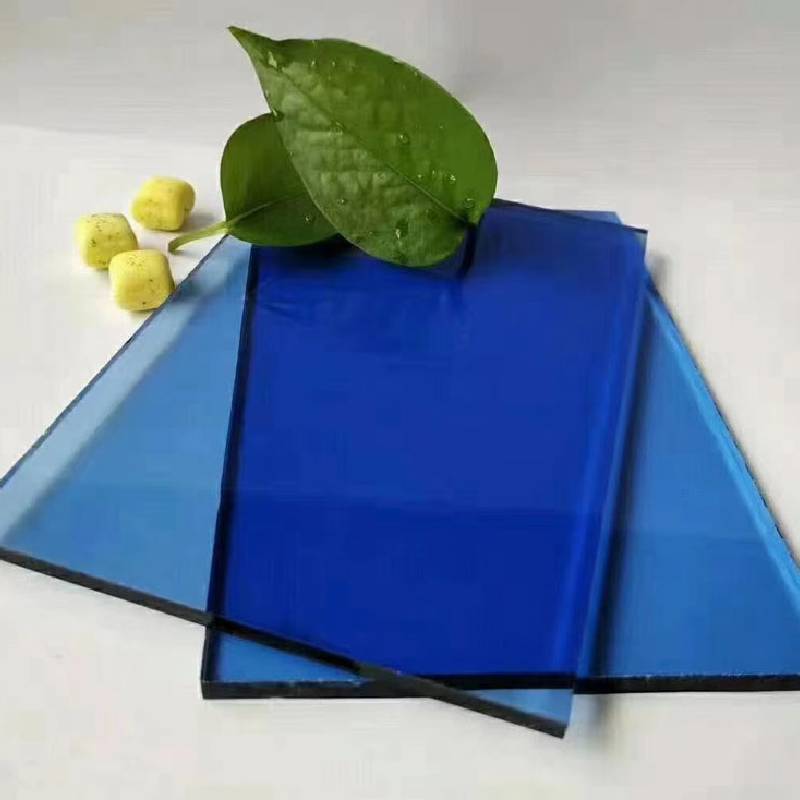অক্টো. . 05, 2024 17:23
Exploring Obscure Glazing Types An Insight into Architectural Innovation
In the world of architecture and design, the aesthetic and functional aspects of buildings are paramount. One often-overlooked element that significantly impacts both the appearance and performance of a structure is glazing. While many people are familiar with traditional clear glass, the realm of obscure glazing types offers a rich variety of options that enhance privacy, control light, and contribute to energy efficiency. This article delves into some of the lesser-known glazing types that are making waves in contemporary architecture.
Understanding Obscure Glazing
Obscure glazing refers to glass types that are treated or designed to obscure visibility while still allowing light to pass through. This characteristic makes them ideal for applications where privacy is essential, such as in bathrooms, healthcare facilities, and homes located in close proximity to neighbors. Beyond privacy, these glazing options can also contribute to the aesthetic appeal of a space, adding unique textures and patterns that can transform a mundane structure into an architectural masterpiece.
Types of Obscure Glazing
1. Frosted Glass One of the most prevalent forms of obscure glazing, frosted glass is achieved through a sandblasting or acid etching process, which creates a translucent surface. This type of glazing diffuses light beautifully while maintaining privacy. It is often used in residential bathrooms and office spaces to separate work areas without sacrificing light.
2. Textured Glass Available in a variety of patterns and designs, textured glass can add a distinct decorative element to windows and doors. The surface can be molded or embossed with various styles—from waves to geometric patterns—providing dynamic light effects and enhanced privacy.
3. Tinted Glass While primarily used to reduce glare and heat, tinted glass also offers a degree of obscurity. By incorporating pigments into the glass, manufacturers can produce various shades that not only enhance energy efficiency by reflecting solar rays but also offer a level of privacy.

4. Laminated Glass Composed of multiple layers of glass bonded with interlayers, laminated glass can include various opaque materials. It provides significant security benefits and can reduce sound transmission, making it an excellent choice for urban environments.
5. Ceramic Frit Glass Often utilized in facades, ceramic frit glass features a surface coating created by applying ceramic paint and then baking it onto the glass. This process results in a durable and customizable surface that can obscure visibility while offering aesthetic appeal. The frit can be patterned in intricate designs, adding a unique character to building exteriors.
6. Reflective Glass Moreover, reflective glass types serve dual purposes—serving as a barrier to outsiders while reflecting sunlight. This can be particularly beneficial in commercial buildings, where both privacy and glare reduction are essential.
Benefits of Obscure Glazing
The benefits of obscure glazing extend far beyond aesthetics. These glass types are energy-efficient, as they help regulate heat absorption and retention, leading to lower energy costs. By selectively filtering natural light, they reduce the reliance on artificial lighting, further promoting sustainability in building design.
Incorporating obscure glazing can enhance the overall ambiance of a space, creating serene environments that are still flooded with light. Architects often use these glass types to create visual connections between indoor and outdoor spaces without compromising privacy, offering a harmonious balance that is increasingly sought after in modern designs.
Conclusion
As architectural trends continue to evolve, the use of obscure glazing types is becoming more prevalent. With their capacity to enhance privacy, accentuate design, and improve energy efficiency, these innovative glass solutions are redefining how we think about light and space in our built environments. Whether you are an architect, a designer, or simply an enthusiast of contemporary architecture, exploring obscure glazing offers a unique avenue to understand the interplay between form and function in modern design. The world of obscure glazing types not only allows for creativity but also represents a step towards more sustainable and thoughtful architectural practices.
The Role of Mirror Glass in Luxury Interior Design
NewsJun.23,2025
The Best Textured Glass for Bathroom Windows
NewsJun.23,2025
Residential Glazing Energy Efficiency Requirements
NewsJun.23,2025
Float Glass Uses
NewsJun.23,2025
Clear Float Glass For Solar Panel Covers
NewsJun.23,2025
Benefits Of Using A Glass Mouse Pad Over Traditional Ones
NewsJun.23,2025